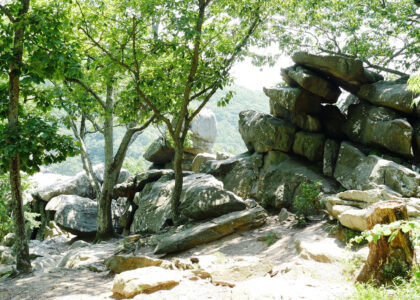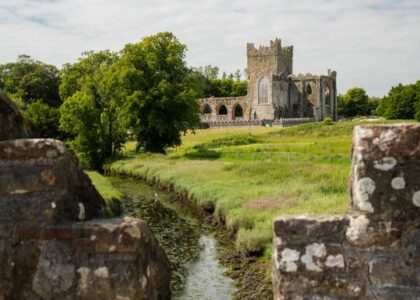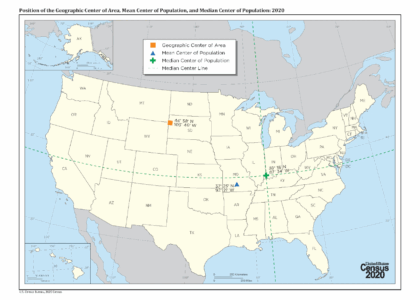Welcome to Roaring Mountain, a fascinating geological feature located in Yellowstone National Park. This unique area is renowned for its geothermal activity, characterized by its roaring fumaroles that emit hot steam and gases. These fumaroles are the remnants of ancient volcanic activities that shaped the landscape of Yellowstone over thousands of years.
Roaring Mountain got its name from the loud hissing and roaring sounds made by the fumaroles, which were much louder in the late 19th and early 20th centuries. This auditory spectacle was so intense that it could be heard several miles away, attracting early tourists eager to witness the power of nature.
The first recorded exploration of the area was in 1870 by the Washburn-Langford-Doane Expedition, which was pivotal in the establishment of Yellowstone as the first national park in 1872. The explorers were captivated by the breathtaking geothermal features, including Roaring Mountain, which they documented extensively.
As you pass by Roaring Mountain, imagine the scene in the late 1800s when the mountain’s fumaroles were at their peak activity. The area was a bustling hub of natural phenomena that further fueled the fascination and mythos of Yellowstone. Over time, the intensity of the fumaroles diminished, but they still offer a glimpse into the dynamic forces beneath the Earth’s crust.
Throughout history, Roaring Mountain has attracted numerous notable figures, including geologists and scientists who sought to understand the geothermal processes at work. The mountain stands as a testament to the ever-evolving nature of our planet, with its continuous steam emissions serving as a reminder of the volcanic activity that lies beneath Yellowstone.
Today, Roaring Mountain remains a popular stop for visitors exploring Yellowstone National Park. While the roars may have quieted, the mountain’s legacy continues to captivate those who seek to uncover the mysteries of the Earth’s geothermal wonders.
In conclusion, Roaring Mountain is more than just a natural feature; it’s a living, breathing manifestation of geological history. As you reflect on the sounds and sights of this remarkable place, consider its role in the ongoing story of Yellowstone and its contribution to our understanding of Earth’s geothermal dynamics.






